Trails of A Legacy
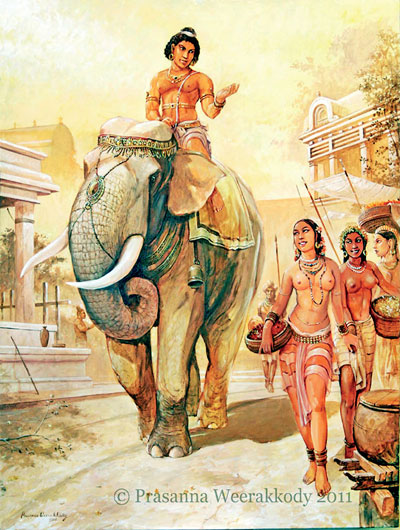 Note - There are many heroic and barbaric Kings that go unnoticed. It is the intention of ‘The Trails of a Legacy’ to bring back the long gone heroes worthy of respect and honour. Not only will ET Chronicles refresh our knowledge on the Chronicles of Kings but also on the journey of Sri Lanka in the hands of different rulers. Withstanding invasions, mass destruction, natural disasters and siblings turning against one another, the lives of Kings and their surroundings will be quite the experience for our life.
Note - There are many heroic and barbaric Kings that go unnoticed. It is the intention of ‘The Trails of a Legacy’ to bring back the long gone heroes worthy of respect and honour. Not only will ET Chronicles refresh our knowledge on the Chronicles of Kings but also on the journey of Sri Lanka in the hands of different rulers. Withstanding invasions, mass destruction, natural disasters and siblings turning against one another, the lives of Kings and their surroundings will be quite the experience for our life.
Prologue
King Dutugemunu had a son named Saliya. Prince Saliya was an intelligent Prince and conducted many laudable deeds. This young Prince, fell in love with a beautiful Chandala girl named Asokamala. Prince Saliya was told that he would not be able to become the King, if he continues his love affair with Asokamala. Prince Saliya’s love for Asokamala was greater than his desire for the kingdom. Against the wishes of the country, he married Asokamala without any regard to the throne. Mahavamsa Tika gives a greater description of Saliya-Asokamala love story. According to Tika, Saliya and Asokamala were husband and wife in a previous life. During King Dutugemunu’s time, Saliya was born as son of King Dutugemunu while Asokamala was born as a Chandala girl in the city. One day while Prince Saliya was walking in a forest of Asoka trees, he heard a song sung by a beautiful voice. When he followed the voice, he saw a pretty damsel plucking Asoka flowers. Saliya fell in love with the girl immediately. Some consider the rock statue in Isurumuniya depicting lovers, known as “Isurumuni lovers” to be of Prince Saliya and Asokamala.
Saddhatissa (140 BC- 122 BC)
Since Prince Saliya, married a Chandala girl, King Dutugamunu’s younger brother, Saddhatissa was consecrated as King. King Saddhatissa continued the remaining work in Mahathupa. During his time, there was a fire in the Lowa Maha Paaya. King reconstructed the Lowa Maha Paaya with seven stories. (Initially there were nine stories). King Saddhatissa built Dighavapi vihara and Duratissa reservoir. Duratissa reservoir has an embankment of 3,400 ft long and 14 feet high. Top of the bank is 15 feet wide. The reservoir has a capacity of 336 million Cubic ft and a surface area of 1,230 acres. After King Saddhat i s s a ’s deat h , Mahasangha supported the second son of the King, “Thulathana”.
Thulathana (122 BC - 122 BC)
Thulathana, second son of King Saddhatissa, became the ruler of the country after King Saddhatissa. This angered the first son, Lajjitissa. When Thulathana was consecrated, Lajjitissa was out of town. Hearing the news, Lajjitissa was furious. Lajjitissa gathered an army and fought with Thulathana.
Lajjitissa (122 BC - 112 BC)
Lajjitissa, over powered Thulathana and became the ruler of the country. After been consecrated as King, Lajjitissa ignored Mahasangha and Buddhism. He was angered that Mahasangha supported his brother Thulathana over him for the throne. (King Lajjitissa was the first King to ignore Buddhism. Later there were many Kings who ignored or even tried to destroy Buddhism. One of them [Seethawaka Rajasinghe] dangerously came close to destroying Buddhism completely). With time, King Lajjitissa, became friendly with Mahavihara bhikkus and started to build Viharas. King Lajjitissa built Aritta Vihara in Ritigala.
Kallata Naga: (112 BC - 104 BC)
After the death of King Lajjitissa, his younger brother Kallata Naga became the ruler. Kallata Naga built thirty two dwellings for bhikkus. Kallata Naga was killed by the commander of his army, Kammaharattaka. The rebellious commander was overpowered by Khallata Naga’s younger brother, Vatthagamini. (or Walagambahu).
Information from - Mahavamsa
(Mahawansa) is the oldest and longest chronology in the world. It tells a story that spans nearly 2,500 years. The first printed edition and English translation was published in 1837 by George Turnour, an historian and officer of the Ceylon Civil Service. A German translation of Mahavamsa was completed by Wilhelm Geiger in 1912. This was then translated into English by Mabel Haynes Bode, and the English translation was revised by Geiger.
Devuni Goonewardene








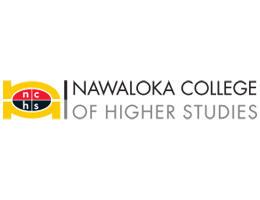




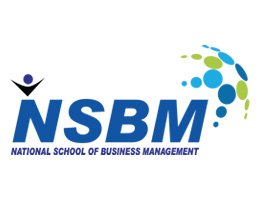


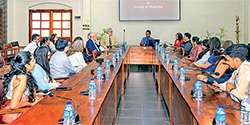

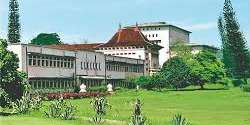



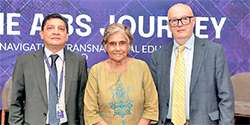
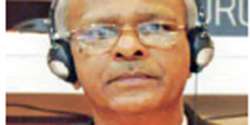
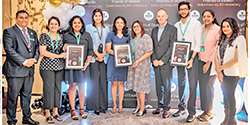


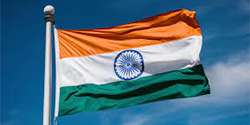
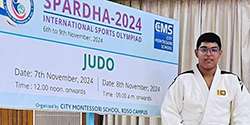


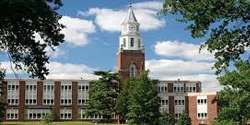
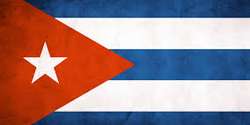








.jpg)
.jpg)
.jpg)

.jpg)
.jpg)
